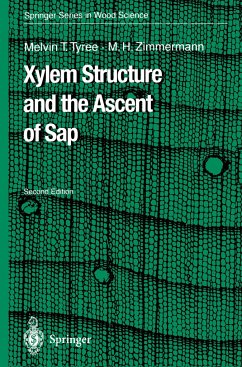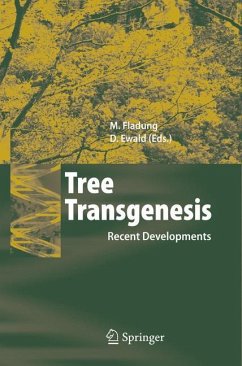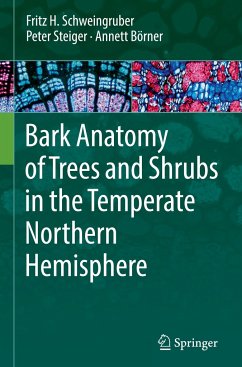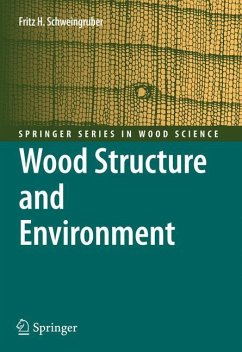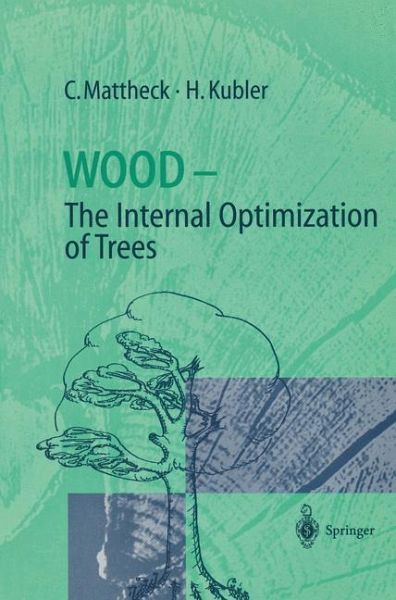
Wood - The Internal Optimization of Trees

PAYBACK Punkte
58 °P sammeln!
Wood is a biological structure well-adapted to external loading. It carries axial loads in a tree by longitudinal fibres and radial loads by rays; circumferential compressive growth stresses prevent the tree from splitting along the rays. It is shown that axial and lateral strength is highest at places of maximum loading. Also, growth stresses are distributed in a load-controlled way. The vivid style used by the authors avoids complex formulas, preferring many impressive and simple to understand drawings. They show how a tree is internally optimized and how the partial or global breakdown of this interwoven axial and radial optimization can lead to the different failure modes.
Mit mehr als 100 schönen wie amüsanten Zeichnungen und viel didaktischem Geschick zeigen die Autoren, daß die Innenarchitektur der Bäume optimal an die Belastung angepaßt ist. Die Holzqualität ist da am höchsten, wo dem Baum die meiste Gefahr droht, wo also in seinem Inneren die größten Spannungen wirken.





